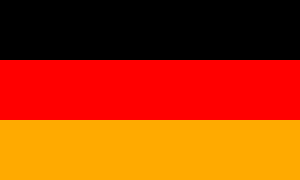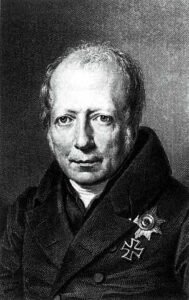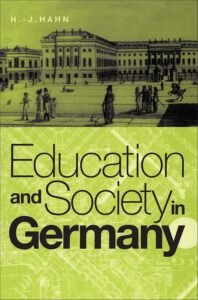
« Die wahre Absicht des Menschen ist die höchste und proportionierlichste Bildung seiner Kräfte zu einem Ganzen. »
« The true aim of man is the highest and most harmonious development of his powers into a whole. »
Wilhelm von Humboldt (Humboldtian Education Model)
🇩🇪 Germany – Structured Education & Dual Learning System
1. Historical Overview
Germany’s modern education system evolved from Prussian reforms in the 18th and 19th centuries, heavily influenced by Wilhelm von Humboldt, who promoted the idea of a holistic education combining intellectual, moral, and physical development.
Key Figure:
Wilhelm von Humboldt (1767–1835) – Philosopher and linguist, architect of the “Humboldtian model” of education, emphasizing academic freedom and well-rounded knowledge.

2. Philosophy & Core Principles
German education is structured, rigorous, and early in tracking students into different pathways. It values both academic knowledge and practical skills, with a strong tradition of vocational education.
Core elements:
Strong academic standards in core subjects
Dual System: Combination of classroom learning and paid apprenticeships in companies
Early career orientation (around age 10–12)
Emphasis on discipline, punctuality, and precision
3. Current Structure
Grundschule: Primary school (Grades 1–4, sometimes 1–6)
Secondary Education:
Gymnasium → academic path leading to university
Realschule → intermediate education leading to technical/vocational paths
Hauptschule → basic general education
Gesamtschule → comprehensive school combining paths
Higher Education: Universities (research-focused) and Fachhochschulen (applied sciences)
4. Strengths & Challenges
✅ Strengths:
Dual vocational training model recognized worldwide
Strong STEM performance
Low youth unemployment due to work-study integration
⚠️ Challenges:
Early tracking may limit opportunities for late bloomers
Regional differences in curriculum and quality
5. PISA Ranking
2022: Above OECD average in reading, math, and science, with particularly strong vocational training outcomes.
📚 More Reading on German Education:
The German Education System and the Dual Model – H. Reinisch
Wilhelm von Humboldt and the Reform of Education – C. Menze
Vocational Education in Germany: Strengths and Challenges – OECD
💡 Fun Fact: Germany’s apprenticeship system dates back to medieval guilds and is still one of the most respected vocational training models in the world.
Book About:
→ Historical perspective on how education shaped modern German society.

Disclosure: As an Amazon Associate, we earn from qualifying purchases.
Prussia and the German System of Education – Arthur Bott
→ Explains the origins of the Prussian model and its influence on Germany’s structured education system.
Disclosure: As an Amazon Associate, we earn from qualifying purchases.


